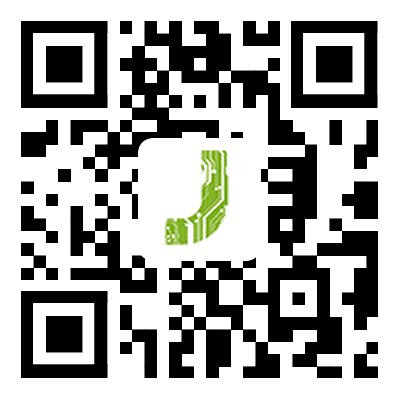 English
English-
 English
English -
 Español
Español -
 Português
Português -
 русский
русский -
 Français
Français -
 日本語
日本語 -
 Deutsch
Deutsch -
 tiếng Việt
tiếng Việt -
 Italiano
Italiano -
 Nederlands
Nederlands -
 ภาษาไทย
ภาษาไทย -
 Polski
Polski -
 한국어
한국어 -
 Svenska
Svenska -
 magyar
magyar -
 Malay
Malay -
 বাংলা ভাষার
বাংলা ভাষার -
 Dansk
Dansk -
 Suomi
Suomi -
 हिन्दी
हिन्दी -
 Pilipino
Pilipino -
 Türkçe
Türkçe -
 Gaeilge
Gaeilge -
 العربية
العربية -
 Indonesia
Indonesia -
 Norsk
Norsk -
 تمل
تمل -
 český
český -
 ελληνικά
ελληνικά -
 український
український -
 Javanese
Javanese -
 فارسی
فارسی -
 தமிழ்
தமிழ் -
 తెలుగు
తెలుగు -
 नेपाली
नेपाली -
 Burmese
Burmese -
 български
български -
 ລາວ
ລາວ -
 Latine
Latine -
 Қазақша
Қазақша -
 Euskal
Euskal -
 Azərbaycan
Azərbaycan -
 Slovenský jazyk
Slovenský jazyk -
 Македонски
Македонски -
 Lietuvos
Lietuvos -
 Eesti Keel
Eesti Keel -
 Română
Română -
 Slovenski
Slovenski
Commonly used in the production of circuit boards in the drilling of holes in the production of hole production methods
2024-03-18
Through-hole (VIA), this is a common hole is used to conduct or connect between the conductive graphics in different layers of the circuit board with copper foil lines. For example (such as blind holes, buried holes), but can not be inserted into the component legs or other reinforcing materials of copper-plated holes. Because the PCB is formed by many layers of copper foil stacked cumulative, each layer of copper foil will be laid between a layer of insulation, so that the copper foil layers can not be communicated with each other, and its signal links rely on the through-hole (via), so there is the title of the Chinese through-hole.
Features: In order to meet customer demand, the circuit board guide hole must be plugged holes, so that in the change of the traditional aluminum sheet plug holes in the process, with white mesh to complete the circuit board board surface blocking and plugging holes, so that the production is stable, reliable quality, the use of a more perfect.
Through-hole is mainly to play the role of circuit interconnection conduction, with the rapid development of the electronics industry, but also on the production process of printed circuit boards and surface mount technology has put forward higher requirements.
Through-hole plugging process on the application of the birth of a hole, while the following requirements should be met:
1. Through-hole copper can be, solder resistance can be plugged or not plugged.
2. Through-hole must have tin-lead, there are certain thickness requirements (4um) shall not have solder resist ink into the hole, resulting in the hole has hidden tin beads.
3. The lead-in hole must be plugged with solder resist ink, impervious to light, no tin rings, tin beads and leveling and other requirements.
Blind Hole: It is the outermost circuit in the PCB and the neighboring inner layer to connect with plated holes, because you can't see the opposite side, so it is called blind pass. At the same time in order to increase the utilization of space between PCB circuit layers, blind holes are applied. That is, to a surface of the printed circuit board guide hole.
Characteristics: Blind holes are located in the top and bottom surfaces of the circuit board, with a certain depth, for the surface layer of the line and the following link to the inner layer of the line, the depth of the hole is usually not more than a certain ratio (hole diameter).
This production method requires special attention to the depth of drilling (Z-axis) to be just right, if you do not pay attention to the hole will cause plating difficulties, so almost no factory to use, you can also need to connect the circuit layer in advance in the individual circuit layer on the first drilled holes, and then finally glued together, but the need for more precise positioning and alignment devices.
Buried holes, that is, any link between the circuit layers within the PCB but does not lead to the outer layer, but also does not extend to the surface of the circuit board through the meaning of the hole.
Characteristics: In this process can not be used after the bonding of the drilling method to achieve, must be implemented in individual circuit layers when the drilling, the first partial bonding of the inner layer of the first plating treatment, and finally all bonded, than the original through-hole and blind holes to be more work, so the price is also the most expensive. This process is usually only used for high-density circuit boards to increase the space available for other circuit layers.



